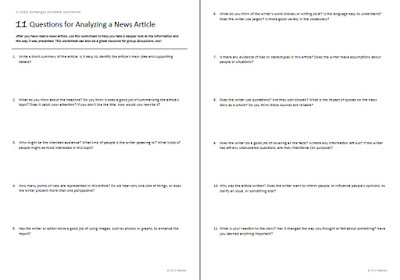This article is about the restoration of a marshland area in
Iraq.
Before reading:
General Knowledge:
- Can you find the country of Iraq on a map? What do you know about it?
- What is UNESCO, and what are its main mission
- What are the characteristics of 'marshland'?
Speculate:
- What are some reasons that natural areas might be destroyed? In other words, what are some of the causes (human or otherwise) of ecological destruction?
Click on the embedded link below to read the article, see
photos, and listen to or download the audio file on the PRI website. Word
count: 543
After reading:
Review and discuss:
- Write a 3-4 sentence summary of this article. Begin your summary with "This article is about…".
- In your own words, explain why it is important to preserve these marshlands. Look for hints in the article, and give as many reasons as you can.
- How might the new UNESCO World Heritage status affect the region? Make a list of possible consequences.
- Although previous Iraqi governments have actively caused the destruction of the marshlands, Azzam Alwash says that the current government has made a commitment to protect this area. What does this imply about the current government?
- In your opinion, what was the most interesting thing mentioned in this article? Why?
Reflect and evaluate:
- Can you think of any traditions in your culture that have remained unchanged for a long period of time? Why do you think this tradition hasn't changed?
- Does your country have any sites with World Heritage status? What makes these places special? Have you been to visit any of them?
- Like the Iraqi marshlands, are there natural areas in your country that have been destroyed by humans? What were the effects of the destruction? How were people and animals affected by the destruction?
- Is there anything else you'd like to know about this topic? Do you have any questions that weren't answered in the article?
- What vocabulary words were new to you in this article? Make a record of what you have learned.
Also in the news:
- Read about successful efforts in China to convert land back into forest. But this success, as it turns out, is a double-edged sword: What China's successful reforestation program means for the rest of the world
Join the conversation: add your thoughts about this article
in the comments section below. Like Lively Exchanges on Facebook, and don't
forget to share this post with your friends!



